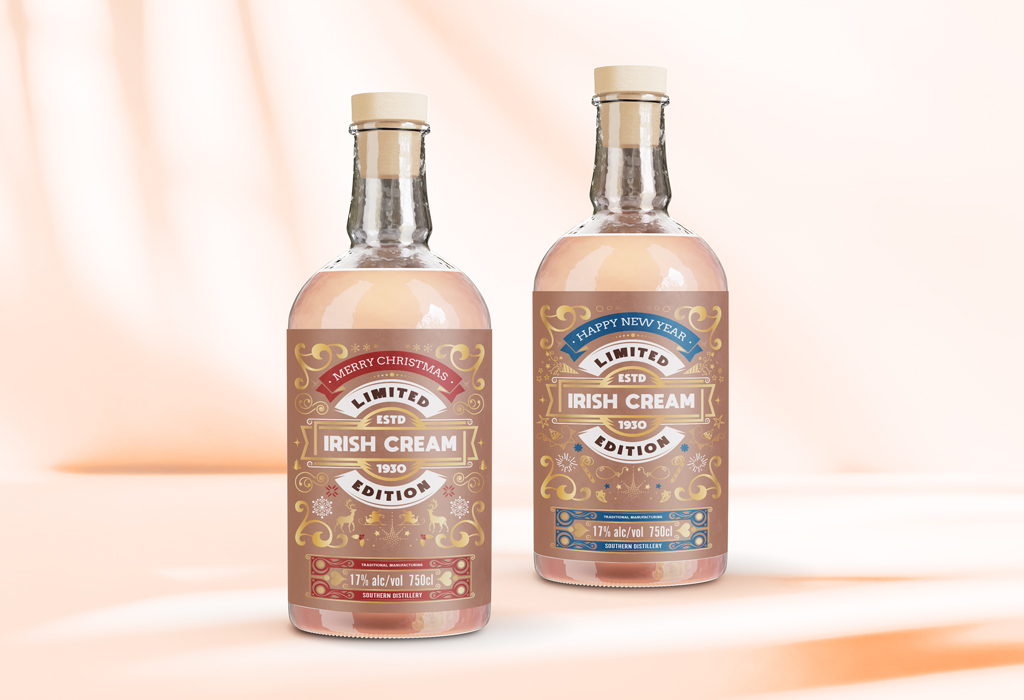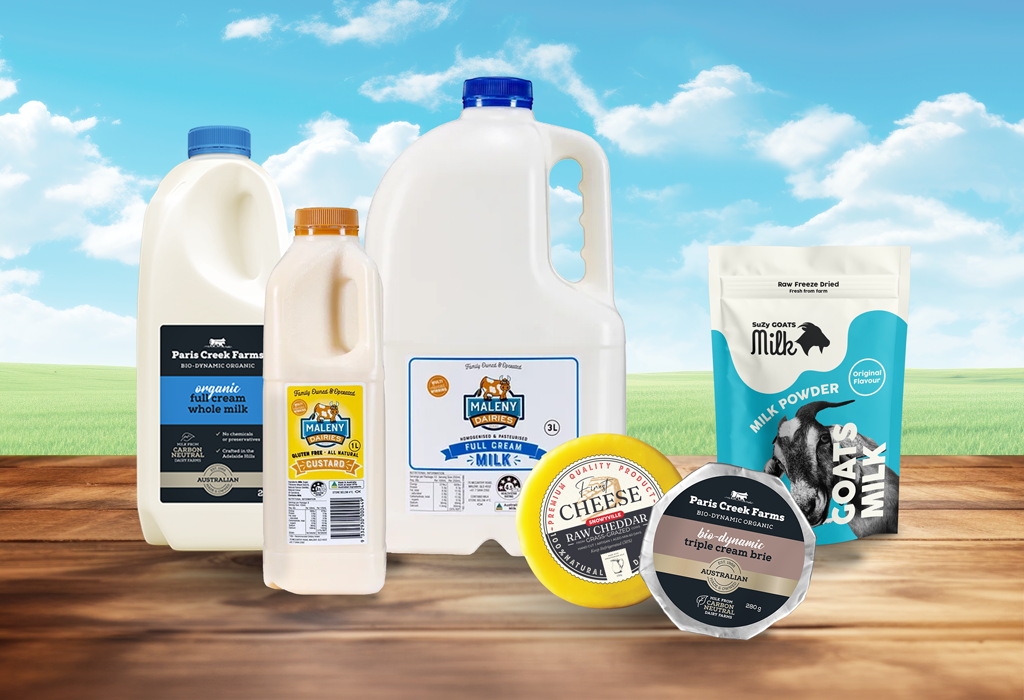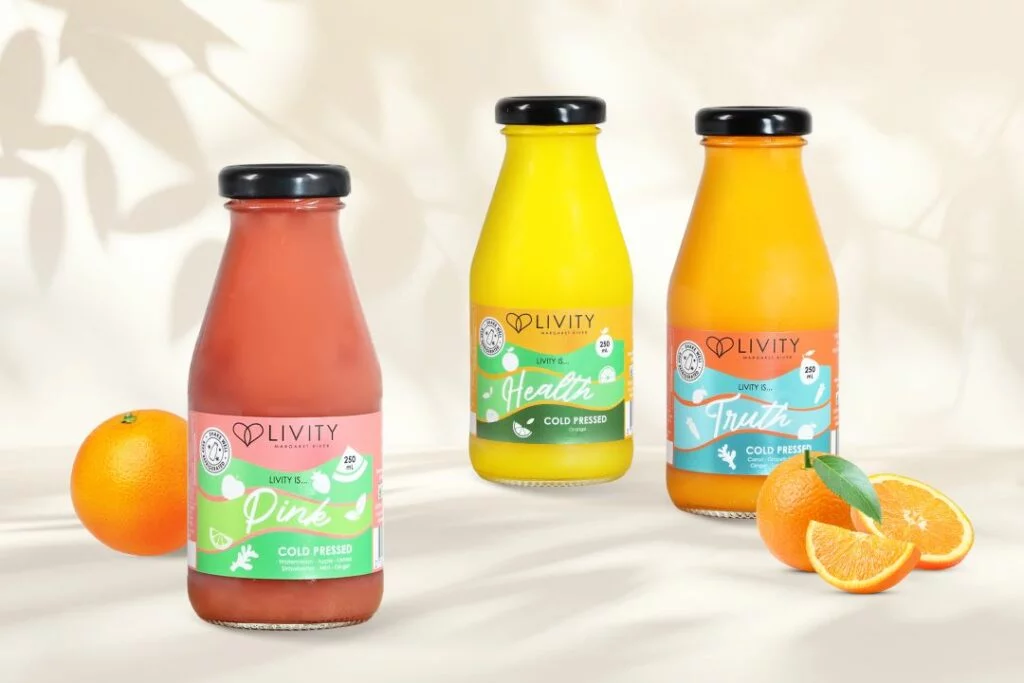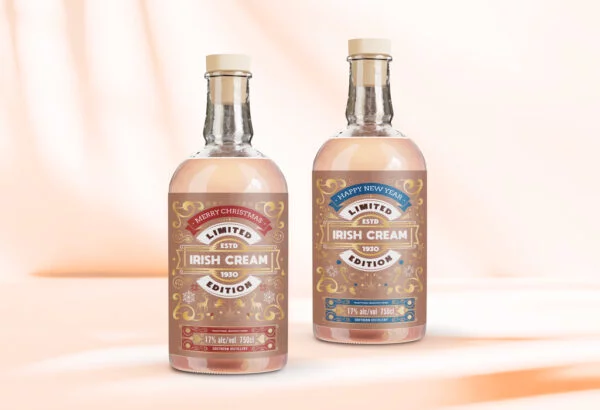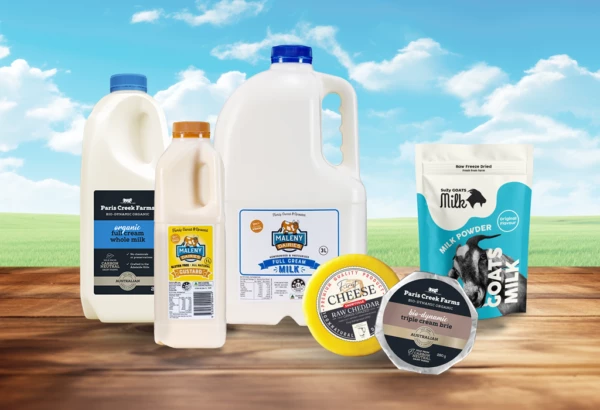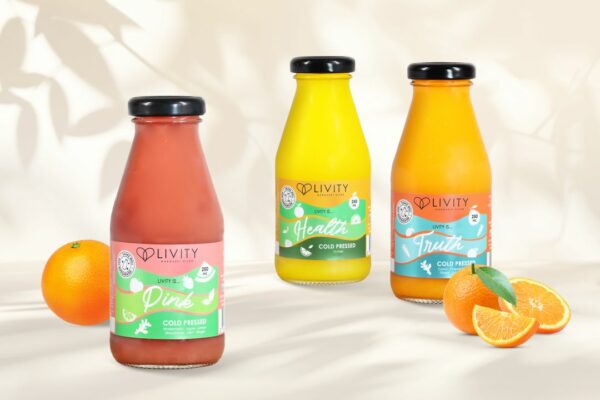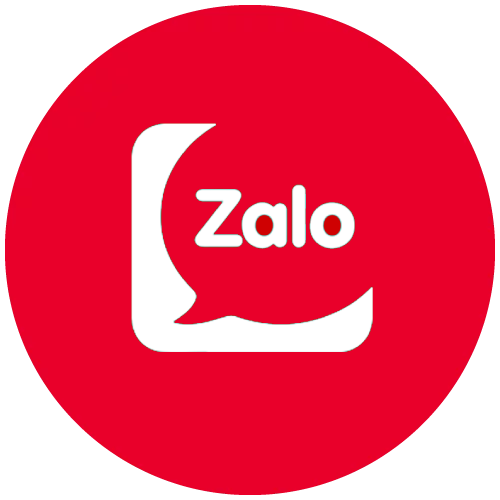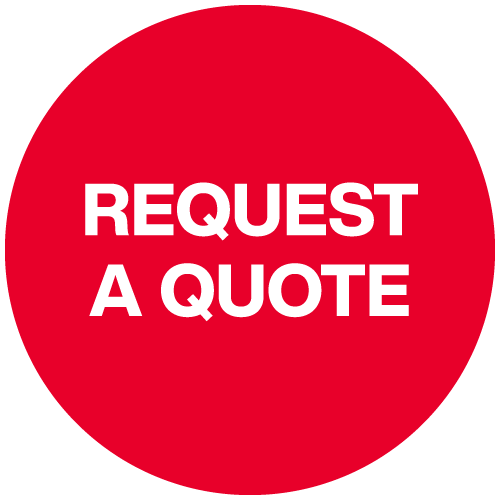Chemicals, paints, and cleaning products are some of the everyday items that must be handled with caution due to their potential hazards. Labelling these products helps provide critical information on safe handling, usage, and storage. The most effective labels use clear symbols, pictograms, and warnings to communicate risks and prevent accidents.
If you are a manufacturer that deals in any form of chemicals, this guide will help you understand more about proper labelling for such products. Below are some of the key aspects to prioritise.
Understand Labelling Regulations and Standards
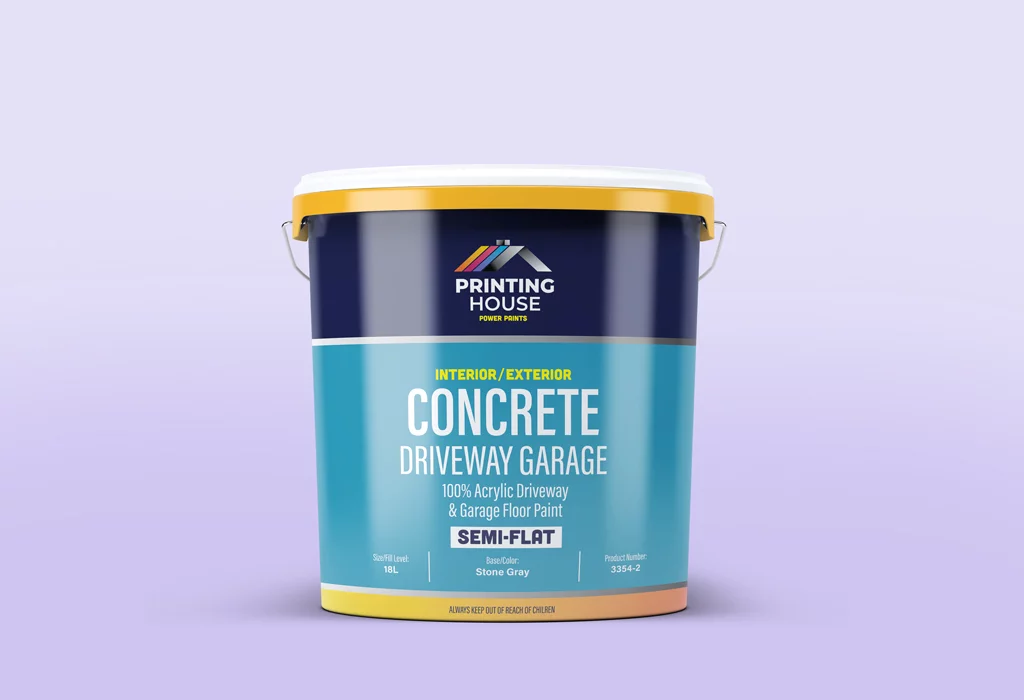
Every manufacturer knows the importance of familiarising themselves with labelling regulations and standards. Key elements required on chemical labels are hazard symbols and safety instructions, which visually communicate risks and guide proper usage. Manufacturers must also feature precautionary statements on the label to provide essential storage and emergency information.
One of the international hazard communication systems that all chemical manufacturers must adopt is the Globally Harmonized System (GHS). This framework classifies chemicals by types of hazard and helps communicate information about hazardous chemicals on labels and safety data sheets.
Communicate Hazards with Symbols and Pictograms
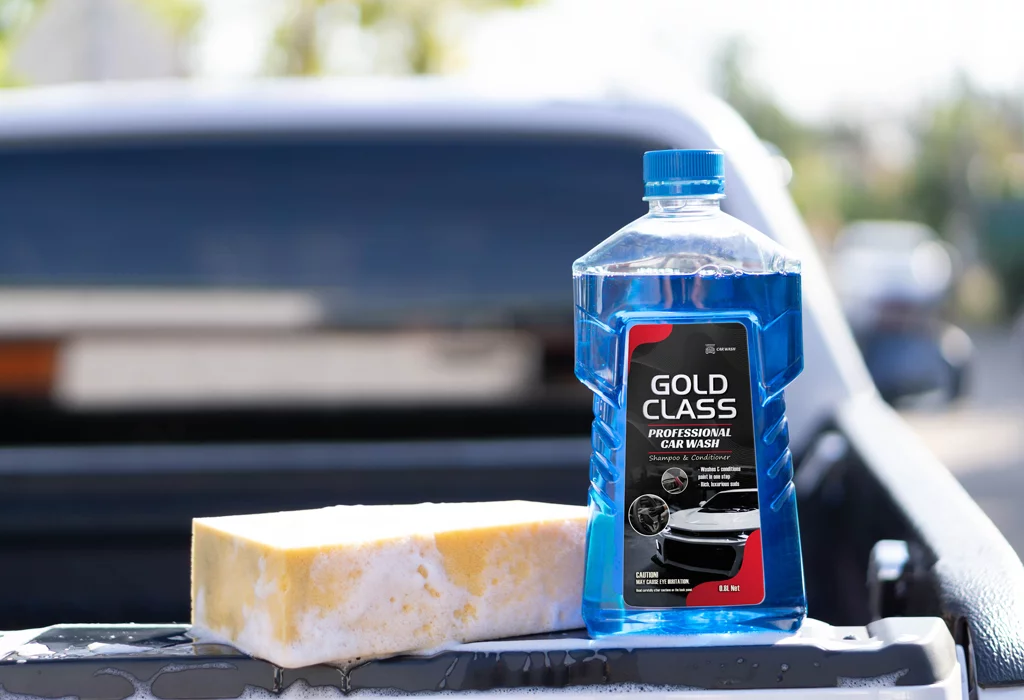
Using symbols to communicate chemical hazards is an easy way to convey critical safety information, regardless of language barriers. Symbols and pictograms help users immediately recognise the risks associated with a chemical. This level of clarity in communication helps prevent accidents and promotes safe handling practices. Here are some of the commonly used symbols you are probably familiar with:
- Toxicity hazard symbol: Skull and crossbones.
- Flammable hazard symbol: Flame.
- Environmental hazard symbol: Dead fish and tree
- Corrosion hazard symbol: A container dripping liquid onto a hand and a piece of metal.
Utilise Clear and Concise Warning Statements
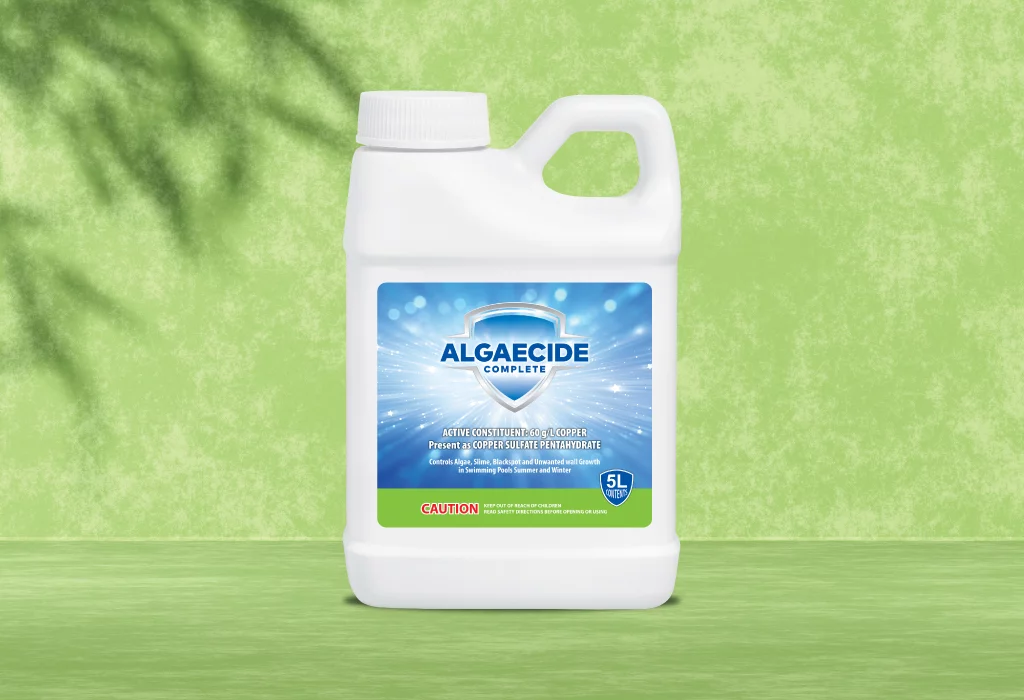
Most chemical products will often feature warning statements such as “Danger,” “Warning,” and “Caution”. Some even feature phrases like “Harmful if swallowed” or “Causes skin irritation.” These statements are crucial for alerting users to the severity of the hazards and guiding them on handling the product safely. A rule of thumb is to use straightforward language so as to ensure that the warnings are easily understood by all users, regardless of their background.
Prioritise Safety Instructions and Precautionary Measures
Precautionary measures and safety instructions on chemical labels provide vital information on proper handling techniques. For instance, a precaution to wear gloves helps customers avoid direct contact with harmful substances. Similarly, clear guidance on storage conditions, like keeping the product away from heat or direct sunlight, helps maintain the chemical’s stability and effectiveness.
Manufacturers must also specify emergency procedures, such as first aid measures and spill response actions, to help address accidental exposures.
Read more: Anti-counterfeit labels: Protecting brands and consumers
Enhance Label Design for Readability
When designing labels for chemical products, readability ensures that important information, such as safety warnings and instructions, is easily understandable. Here are some of the tips you can borrow to improve the readability of the chemical labels:
- Use Legible Font: Choose simple and clear fonts that are easy to read.
- Choose the right font size: Use large font sizes to make all information readable.
- High contrast colours: Ensure strong contrast between the background and text for better visibility.
- Clear layout: Organise information logically using bullet points, headings, and sufficient spacing to guide the reader’s eye across the label.
Incorporate Multilingual Labelling
Multilingual labelling involves providing product information in multiple languages to cater to diverse linguistic audiences. This approach is crucial for international distribution and usage since it ensures that products can be sold in various countries. Besides enhancing understanding of the product’s essential information in different regions, multilingual labelling demonstrates respect for cultural diversity.
Regularly Update and Review Labels
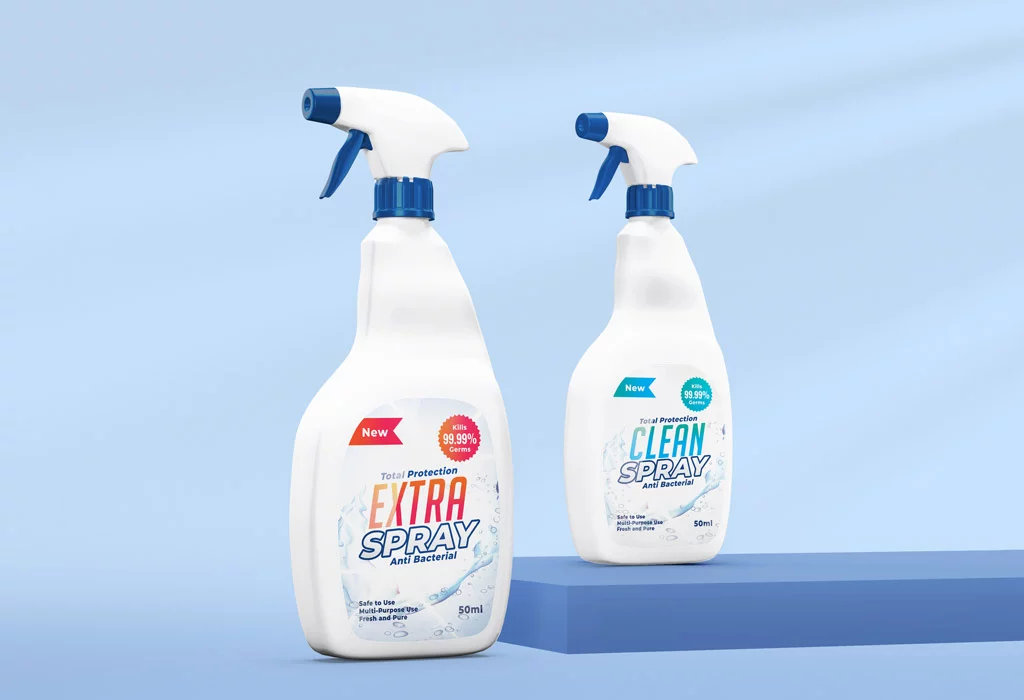
As safety guidelines and legal requirements progress, manufacturers must regularly update and review chemical labels to safeguard users. Regular updates also accommodate changes in product formulations, new hazard discoveries, and feedback from consumers or regulatory bodies. Continuous review and revision of labels also ensure that all the communicated information remains relevant, clear, and legally compliant.
The frequency of label updates and reviews can vary depending on factors such as regulatory changes or advancements in scientific discoveries and knowledge. However, as a general rule of thumb, manufacturers should aim to review and update labels regularly, at least once annually.
Key Takeaways:
- Familiarize yourself with labeling regulations like the Globally Harmonized System (GHS).
- Use clear symbols and pictograms to communicate hazards.
- Incorporate concise warning statements and precautionary measures.
- Design labels for readability and consider multilingual options.
- Regularly review and update labels to maintain compliance and safety.
Chemical Labels By QLM
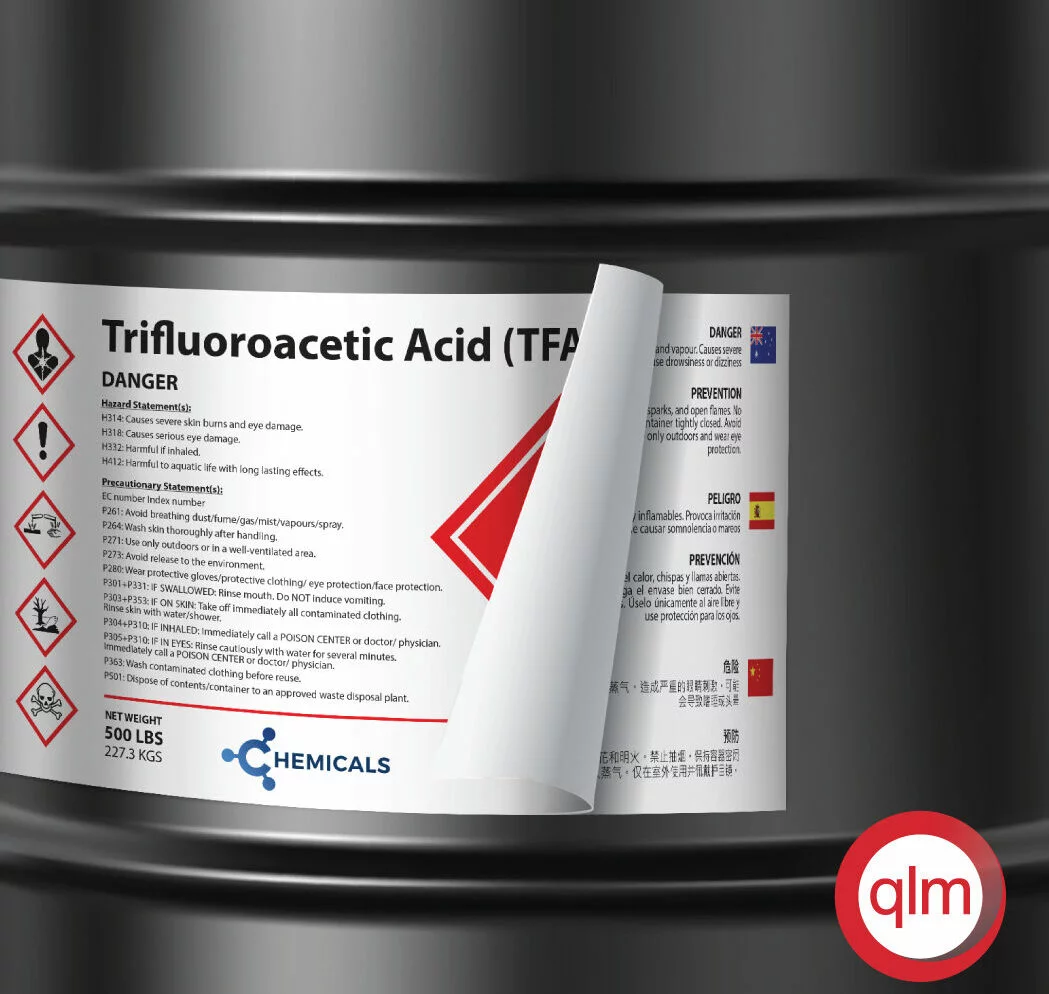
Unlike labels used for non-toxic products, Chemical labels are often subject to rough handling, chemicals, high temperatures, and excessive sunlight exposure. Therefore, they have high standards regarding the type of materials, ink, and adhesive used.
Common Applications
QLM Group offers chemical labels that meet various applications. These labels have been designed to withstand the unique challenges posed by chemical products and can be customised to cater to diverse packaging needs. Some of the common applications of QLM chemical labels include:
- Agricultural and fertiliser labels.
- Weed and pest control labels.
- Pool chemicals and cleaning labels.
- Paint labels.
- Bulk container and drum labels.
- Car care and Oil & lubricants labels.
- Hazardous labels.
Factors to Consider
Before choosing a chemical label for your various use cases, you need to consider factors such as:
- What is the range of containers you plan to use, and are there some heat-sensitive conditions?
- Barcoding (2D or QR) and Variable Data capabilities.
- Adherence to GHS Regulations and accurate use of symbols.
- Label durability, especially when exposed to high temperatures, chemicals, UV rays, or rough handling.
- The need to implement multifaceted and booklet labels for additional information.
Why Choose QLM Group for Label Solutions
Now that you know some of the key aspects to prioritise when looking for chemical labels, you want to partner with reputable label solutions that will work you through the entire process, one step at a time. Here are some of the benefits of working with QLM Group:
- Australian Manufacturing.
- Internal label designer and complementary artwork proofing
- Minimal order quantities and extensive product variations
- Cutting-edge Digital Printing technology
- Thorough and responsive quality assurance procedures
- Swift delivery timelines
- Eco-friendly options with minimal environmental impact
Interesting enough? Contact us now!
As discussed in the sections above, using effective chemical labels is key to ensuring safety and compliance in handling chemicals, paints, and cleaning products. When you choose the right labelling solutions provider, you benefit from extensive know-how, a smooth supply chain process and lower overhead costs. QLM Group will work with you to ensure precise adherence to industry standards while offering tailored solutions for your unique industry or business.






